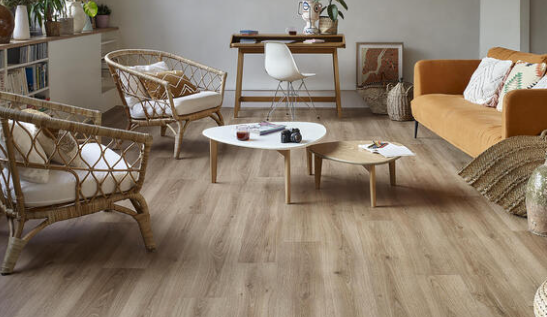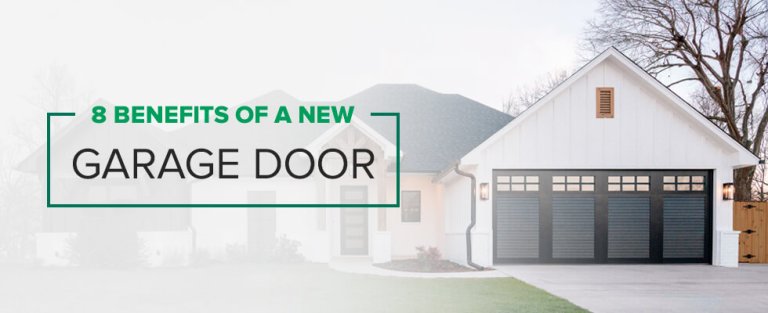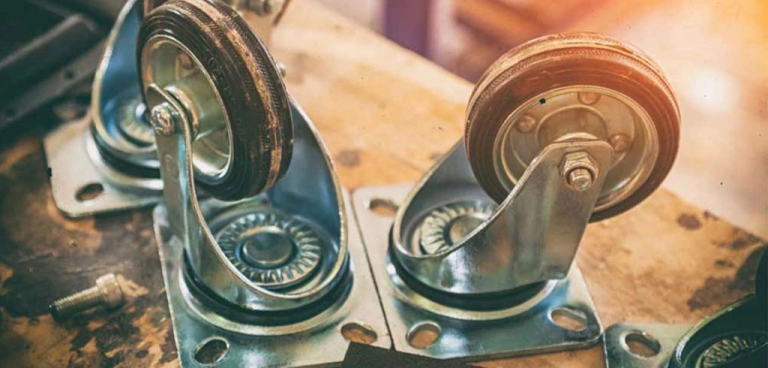The Harmony of Form and Function: Balancing Style and Practicality in Commercial Restaurant Furniture
In the busy restaurant business, success depends on more than just the food. It also depends on how nice and comfortable the eating area is. The furniture is an important part that is often ignored. The choice of furniture, from stylish bar stools to cozy seats, has a big impact on how customers feel about the whole experience. In today’s market, it’s very important to find commercial restaurant furniture that is the right mix of style and functionality.
The Role of Commercial Restaurant Furniture
Functionality reigns supreme in the world of commercial restaurant furniture. Chairs, tables, and booths must survive regular use while giving maximum comfort to guests. The creation of seating alternatives is guided by ergonomic design concepts, which provide guests with optimum support and posture during their dining experience. Similarly, furniture must be adaptable enough to support different dining arrangements, such as an intimate dinner for two or a huge group celebration.
While practicality is important, visual appeal cannot be overlooked. Restaurant furniture acts as a canvas, establishing the tone for the eating experience. Sleek, sophisticated designs may match the mood of a contemporary cafe, whilst rustic wooden tables create a sense of warmth and coziness in a country restaurant. Also, furniture selection impacts a restaurant’s brand image, communicating its identity and values to customers.
Factors Influencing Design Choices
When it comes to commercial restaurant furniture, there are several variables to consider. Space concerns affect the size and placement of furniture items, allowing for maximum seating capacity without overloading the dining space. Understanding the target audience’s preferences is also important, as furniture choices should reflect their interests and lifestyles.
Brand identity is another important consideration, with furniture functioning as a tangible manifestation of a restaurant’s attitude. Whether it’s a minimalist aesthetic or a lively, eclectic style, furniture design should be consistent with the overall theme of the organization. When making design decisions, it is also important to consider maintenance requirements, regulatory compliance, and local cultural influences.
Balancing Style and Practicality
Achieving the optimal balance of appearance and functionality necessitates careful consideration of several elements. Material selection is critical, with durability and aesthetics playing key roles. While sleek metal surfaces radiate modernity, they must also be durable enough to survive daily wear and tear. Similarly, ergonomic design principles guarantee that furniture appears attractive while simultaneously providing comfort and support to diners.
Customization possibilities provide versatility, allowing restaurants to design furniture to their individual requirements and tastes. From upholstery materials to finish colors, configurable features allow restaurants to create a one-of-a-kind eating experience that distinguishes them from the competition. Similarly, price considerations should not be disregarded, since cost-effective options are available without sacrificing quality or elegance.
Innovative Approaches: Creative Solutions in Commercial Restaurant Furniture Design
In the ever-changing world of commercial restaurant furniture design, inventiveness knows no limitations. Innovative approaches to furniture design have opened the door to one-of-a-kind solutions that combine flair and functionality, improving the eating experience for both customers and operators. From unorthodox materials to multipurpose designs, these innovative solutions challenge standard furniture design.
One significant trend in commercial restaurant furniture design is the use of sustainable materials and eco-friendly procedures. With increased awareness of environmental issues, restaurants are looking for alternatives to traditional furniture materials that have a low environmental impact. Sustainable materials, ranging from recovered wood to recycled polymers, provide both aesthetic appeal and environmental benefits, reflecting the beliefs of environmentally conscious consumers.
Also, the rise of modular furniture designs has transformed restaurant rooms, providing flexibility and adaptability to changing needs. Modular seating arrangements enable seamless adaptation, accommodating various group sizes and table layouts. Whether it’s changing tables for a private event or creating snug nooks for intimate dining, modular furniture designs provide restaurant operators with limitless options for optimizing their spaces.
The incorporation of technology into restaurant furniture has created new opportunities for improving the dining experience. From wireless charging stations integrated into tables to interactive touchscreen menus fitted into chairs, technological advancements are blurring the distinction between furniture and entertainment. These improvements not only simplify operations but also excite customers with interactive features that improve their dining experience.
Innovative approaches to commercial restaurant furniture design continue to push the limits of what is possible, providing imaginative solutions that combine style and functionality. As the business advances, embracing creativity and innovation in furniture design will be critical to staying ahead of the competition and providing memorable dining experiences that keep customers coming back for more.
Challenges and Solutions
Despite the numerous advantages of commercial restaurant furniture, the design and implementation process is fraught with obstacles. Budget limits frequently impose major limitations, forcing businesses to strike a compromise between cost and quality. Maintenance and longevity are also continuing challenges, needing proactive steps to extend the life of furniture components.
Another quandary arises from the conflict between passing trends and persistent design ideas in restaurants. Supplier reliability and inventory management are essential factors in assuring timely delivery and availability of furniture components. Likewise, personnel training and education are critical for preserving furniture quality and guaranteeing safety compliance.
Future Trends and Innovations
As the restaurant sector changes, so do trends and advancements in furniture design. Sustainable materials, reducing carbon footprint, and eco-friendly techniques are gaining popularity, as restaurants seek ecologically conscious alternatives to standard furniture materials. Technology integration opens up interesting possibilities, such as smart furniture equipped with IoT sensors and virtual reality applications that allow customers to visualize their dining experience.
Adaptive furniture designs are on the rise, meeting the changing needs of modern dining. These improvements, which include adjustable height tables and modular seating arrangements, improve the flexibility and functionality of restaurant environments. Data-driven design solutions use client feedback and analytics to inspire furniture design decisions, helping businesses stay ahead of the curve.
Final words: Striking the Perfect Balance
In closing, achieving harmony between style and practicality is essential in designing commercial-grade restaurant furniture. By considering factors such as functionality, aesthetic appeal, and customization options, establishments can create inviting dining spaces that enhance the overall guest experience. Despite the challenges posed by budget constraints and evolving trends, innovative solutions and forward-thinking design strategies pave the way for success in the ever-changing landscape of the restaurant industry. As restaurants continue to adapt and innovate, prioritizing both style and practicality in furniture choices will undoubtedly remain a cornerstone of success.






